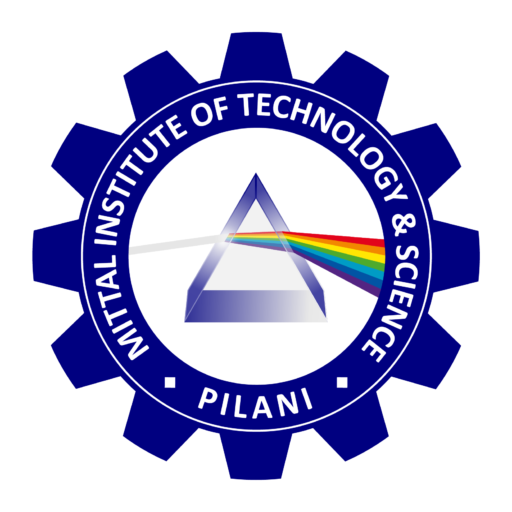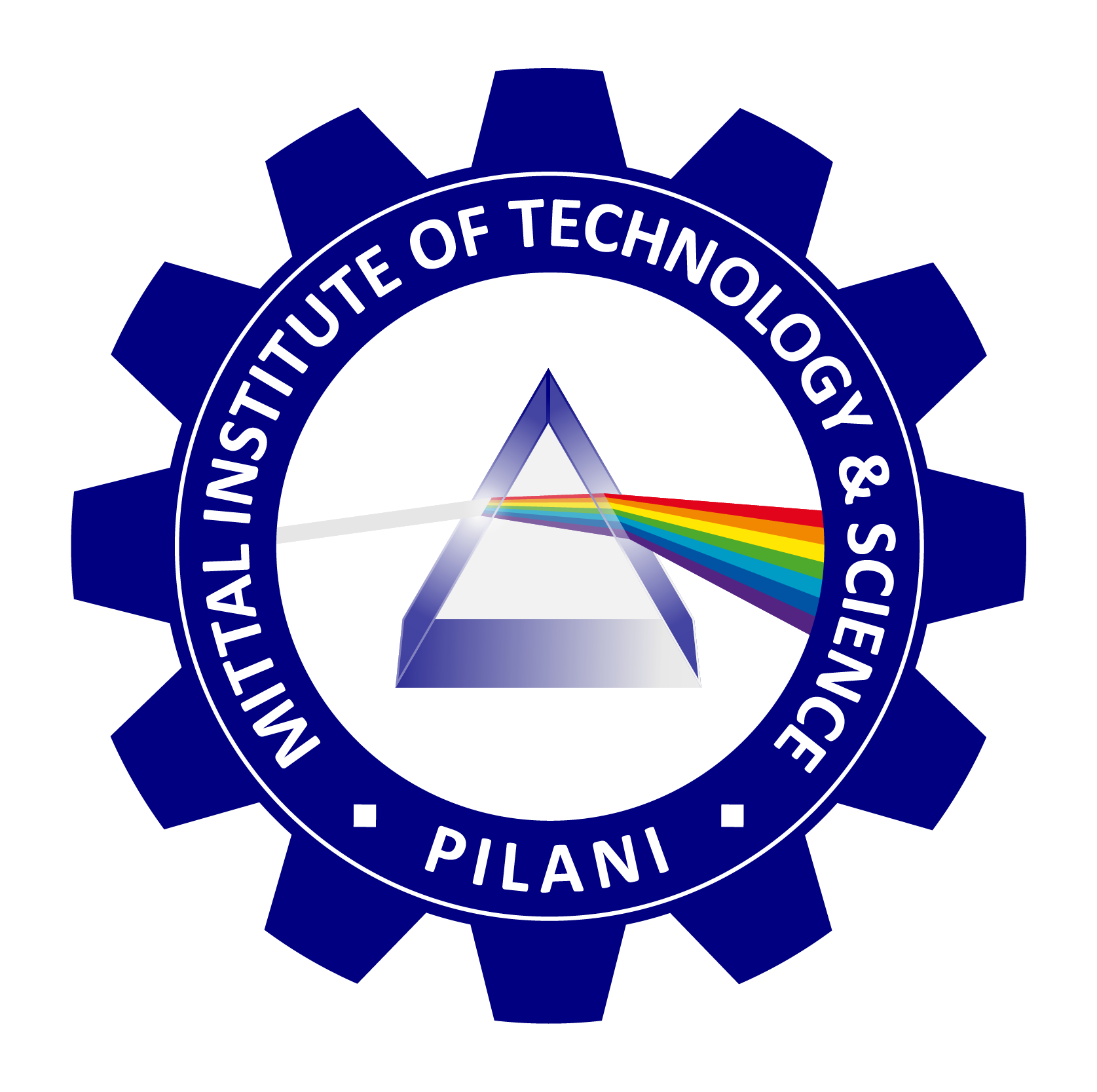
MITTAL INSTITUTE OF TECHNOLOGY & SCIENCE, PILANI
Comparison of Analog and Digital Electronics
Analog and Digital Electronics are two fundamental branches of electronics that have distinct operating principles and are employed for different types of applications. They represent different methods of handling, processing, and transmitting information.
Analog Electronics
Analog electronics deal with continuous signals. In analog systems, the signal can take any value in a given range, typically representing real-world phenomena like sound, light, temperature, and pressure. The main characteristic of an analog signal is that it is continuous in both time and amplitude.
- Characteristics of Analog Electronics:
- Continuous range of values
- Direct interaction with natural phenomena
- Susceptible to noise and signal degradation
- More complex circuitry to handle varying voltages and current
- Examples of analog signals include sound waves and light intensity
Digital Electronics
Digital electronics, on the other hand, deal with discrete signals. Digital systems use binary numbers (0s and 1s) to represent information. These systems process signals by converting them into digital data, which can be stored, manipulated, or transmitted without the degradation associated with analog signals.
- Characteristics of Digital Electronics:
- Discrete values (typically 0 and 1)
- Easier to process and less susceptible to noise
- Easier to store and transmit over long distances
- Allows for precise and flexible control
- Examples of digital signals include computer data and binary-encoded signals
Key Differences:
- Signal Type: Analog uses continuous signals, while digital uses discrete signals (binary).
- Noise: Analog systems are more prone to noise and interference, whereas digital systems are less affected due to binary encoding.
- Processing: Digital electronics enable complex processing tasks (e.g., algorithms, data storage), while analog electronics often handle real-time, natural phenomena.
- Accuracy: Analog systems may offer higher fidelity in some applications, but digital systems provide greater consistency and precision through error detection and correction.
Applications of Analog Electronics in the 21st Century
While digital electronics have gained dominance in recent years, analog electronics still play a crucial role in many modern applications, particularly where interaction with the real world is needed. Some key applications include:
- Audio and Sound Systems: Analog amplifiers and equalizers are still used in high-fidelity audio systems due to their superior sound quality in certain high-end applications.
- RF (Radio Frequency) Communication: Analog electronics are extensively used in radio, television, and wireless communication devices. Even though many modern communications are digital, the transmission medium often relies on analog techniques.
- Sensor Interfacing: Many real-world sensors (temperature, pressure, humidity) produce analog signals. These signals need to be processed through analog circuits before being converted to digital signals.
- Power Electronics: Analog devices are crucial in power supply systems (like voltage regulators, transformers, and power converters).
- Medical Instruments: Many medical devices, such as ECG (electrocardiogram) machines and MRI scanners, still rely on analog signal processing for accurate representation of human biological signals.
Applications of Digital Electronics in the 21st Century
Digital electronics have revolutionized most modern technologies. Their applications span almost every field, including computing, communication, automation, and entertainment. Some key applications include:
- Computing and Data Storage: All modern computers, smartphones, and tablets are powered by digital circuits, which process and store data in binary format.
- Digital Communication: Telecommunications, including mobile phones, VoIP, and internet data transmission, rely on digital signals for faster, more reliable communication.
- Embedded Systems: Digital electronics are the foundation of embedded systems in devices like home appliances, automotive electronics (e.g., engine control units, entertainment systems), and industrial automation.
- Digital Signal Processing (DSP): Digital electronics handle audio, video, and image processing in applications like digital cameras, multimedia players, and video games.
- Networking: Routers, switches, and other networking equipment rely on digital electronics to manage data packets, ensuring efficient internet communication.
- Artificial Intelligence (AI) and Machine Learning (ML): High-performance processors like GPUs and specialized AI chips (e.g., Google’s TPU) use digital electronics to run complex machine learning algorithms and handle big data processing.
Prominent Manufacturing Companies and Their Products
Both analog and digital electronics have leading manufacturers that dominate the industry, providing components and systems used globally.
Analog Electronics Manufacturers
- Texas Instruments (TI):
- Products: Operational amplifiers, analog signal processors, voltage regulators, RF transceivers.
- Application Areas: TI’s analog components are widely used in power management, signal processing, and sensor interfacing.
- Analog Devices, Inc. (ADI):
- Products: Data converters, operational amplifiers, analog-to-digital converters (ADCs), RF components.
- Application Areas: ADI’s products are crucial in industries like healthcare (e.g., medical instruments), automotive, and telecommunications.
- STMicroelectronics:
- Products: Power management ICs, operational amplifiers, MEMS sensors.
- Application Areas: STMicroelectronics focuses on applications in automotive electronics, industrial control, and energy management.
- Infineon Technologies:
- Products: Power semiconductors, sensors, and controllers for analog applications.
- Application Areas: Infineon specializes in power electronics, particularly in automotive and industrial applications.
Digital Electronics Manufacturers
- Intel:
- Products: Microprocessors (Core series, Xeon), memory chips, FPGAs.
- Application Areas: Intel is a leading manufacturer of processors used in personal computers, servers, and data centers. It also provides solutions for AI and cloud computing.
- NVIDIA:
- Products: GPUs, AI processors, and system-on-chip (SoC) solutions.
- Application Areas: NVIDIA is the leader in the graphics processing unit market and plays a pivotal role in AI, gaming, and supercomputing applications.
- Qualcomm:
- Products: Snapdragon mobile processors, RF chips, wireless communication modules.
- Application Areas: Qualcomm leads in mobile communication technologies, providing chips for smartphones, tablets, and IoT devices.
- Samsung Electronics:
- Products: Memory chips (DRAM, NAND), processors, display technology.
- Application Areas: Samsung provides digital electronic solutions across multiple sectors, including consumer electronics (smartphones, TVs), networking, and computing.
- Xilinx (acquired by AMD):
- Products: Field-Programmable Gate Arrays (FPGAs), System-on-Chip (SoC) solutions.
- Application Areas: Xilinx’s digital products are widely used in AI, machine learning, data centers, and communications infrastructure.
Analog and digital electronics, while fundamentally different, complement each other in modern technological applications. Analog systems excel in real-world signal handling and remain indispensable in applications like audio, medical instrumentation, and RF communication. Digital systems, on the other hand, dominate in computing, communication, and data processing due to their precision and resilience to noise. Leading manufacturers like Texas Instruments, Intel, and NVIDIA continue to push the boundaries in both fields, driving innovation in sectors ranging from healthcare to artificial intelligence.

Professor Rakesh Mittal
Computer Science
Director
Mittal Institute of Technology & Science, Pilani, India and Clearwater, Florida, USA
